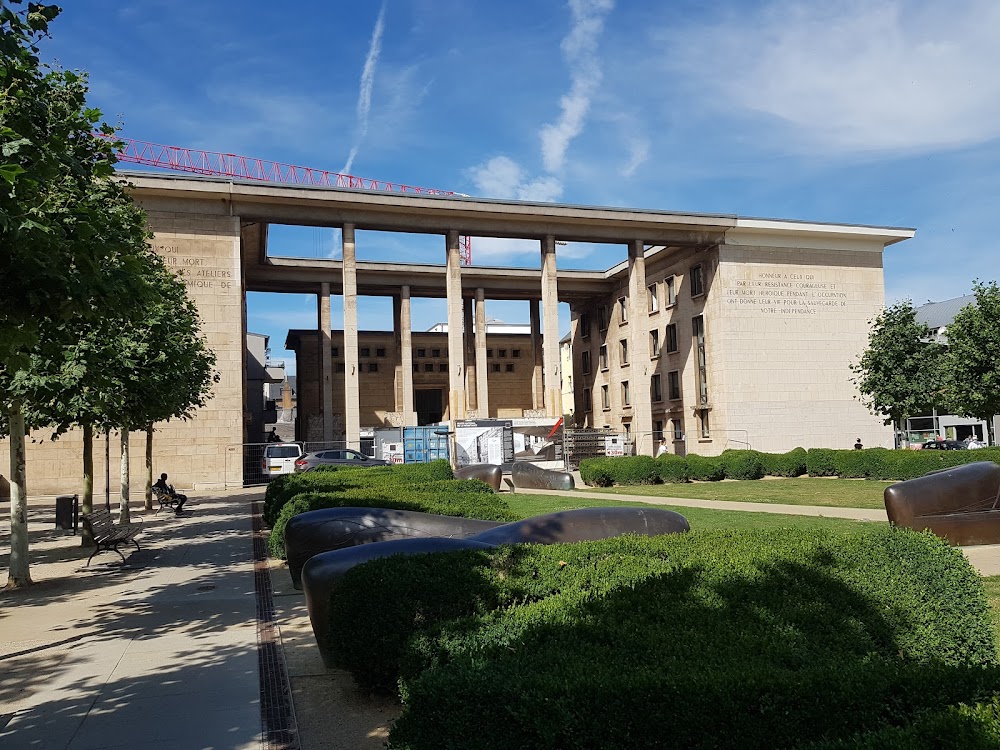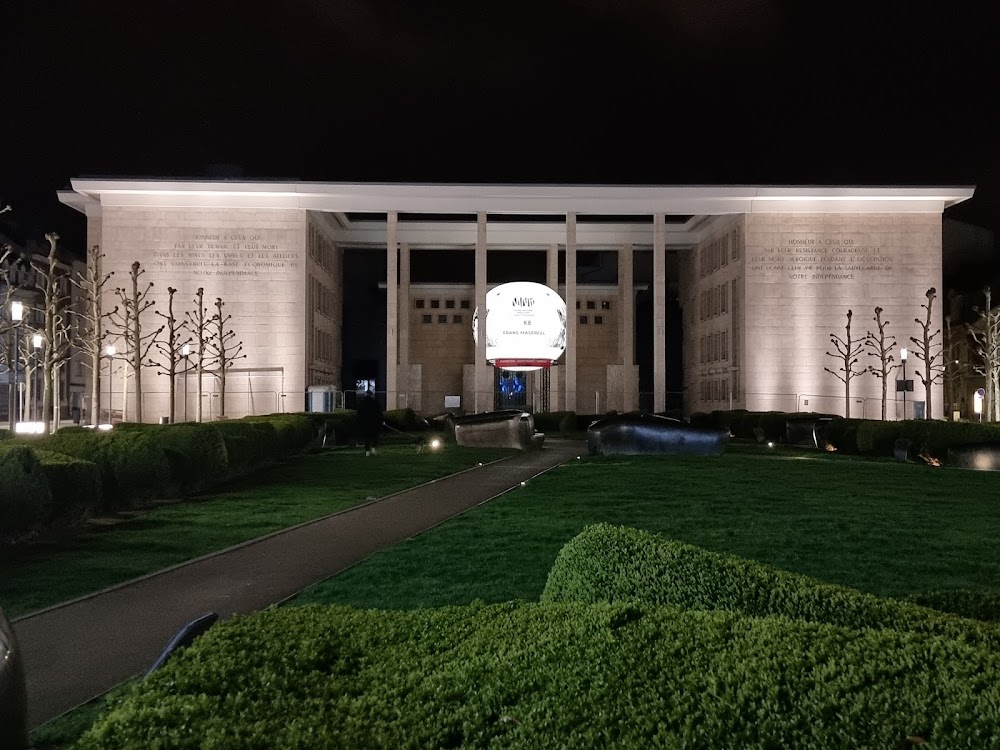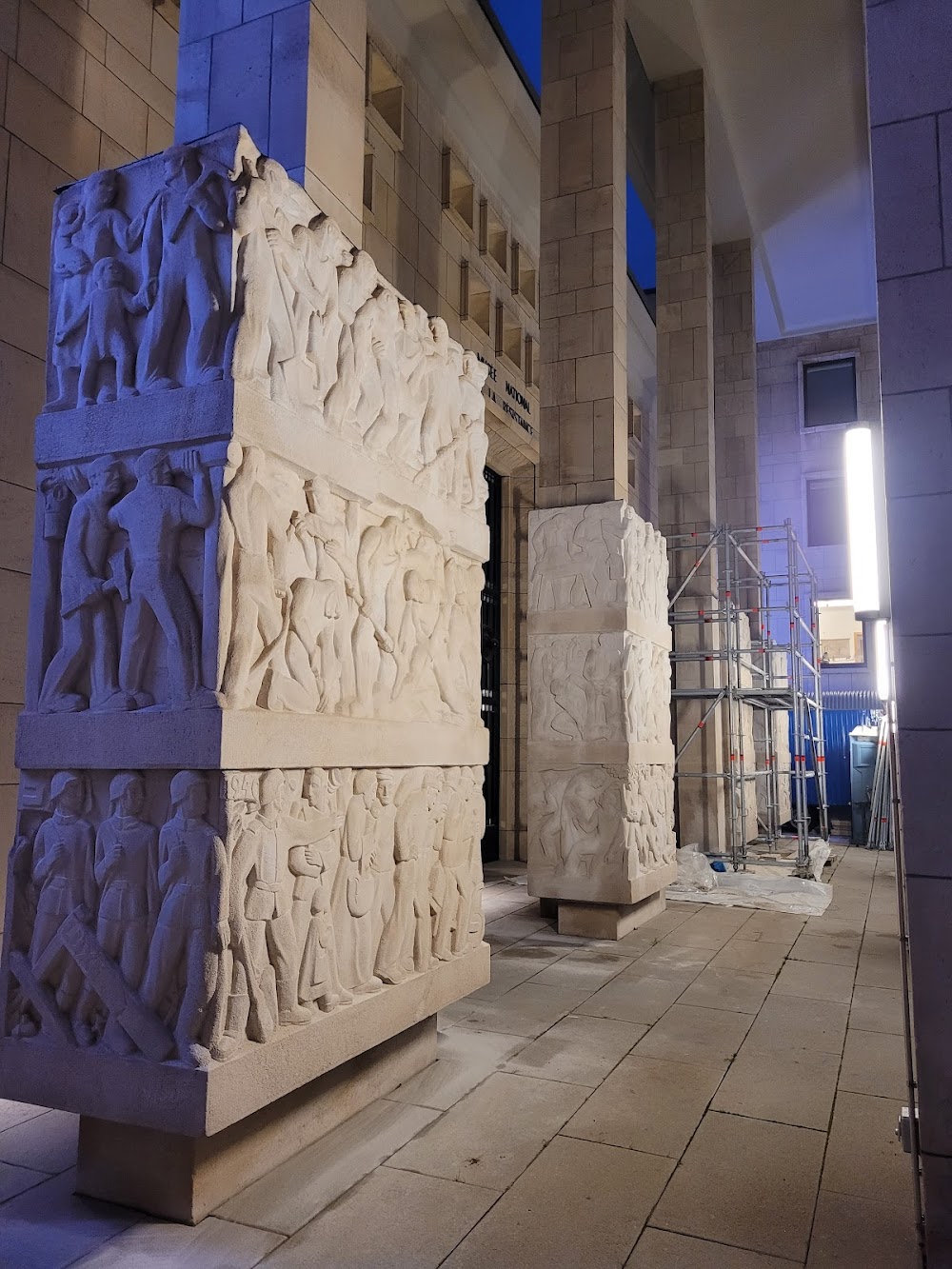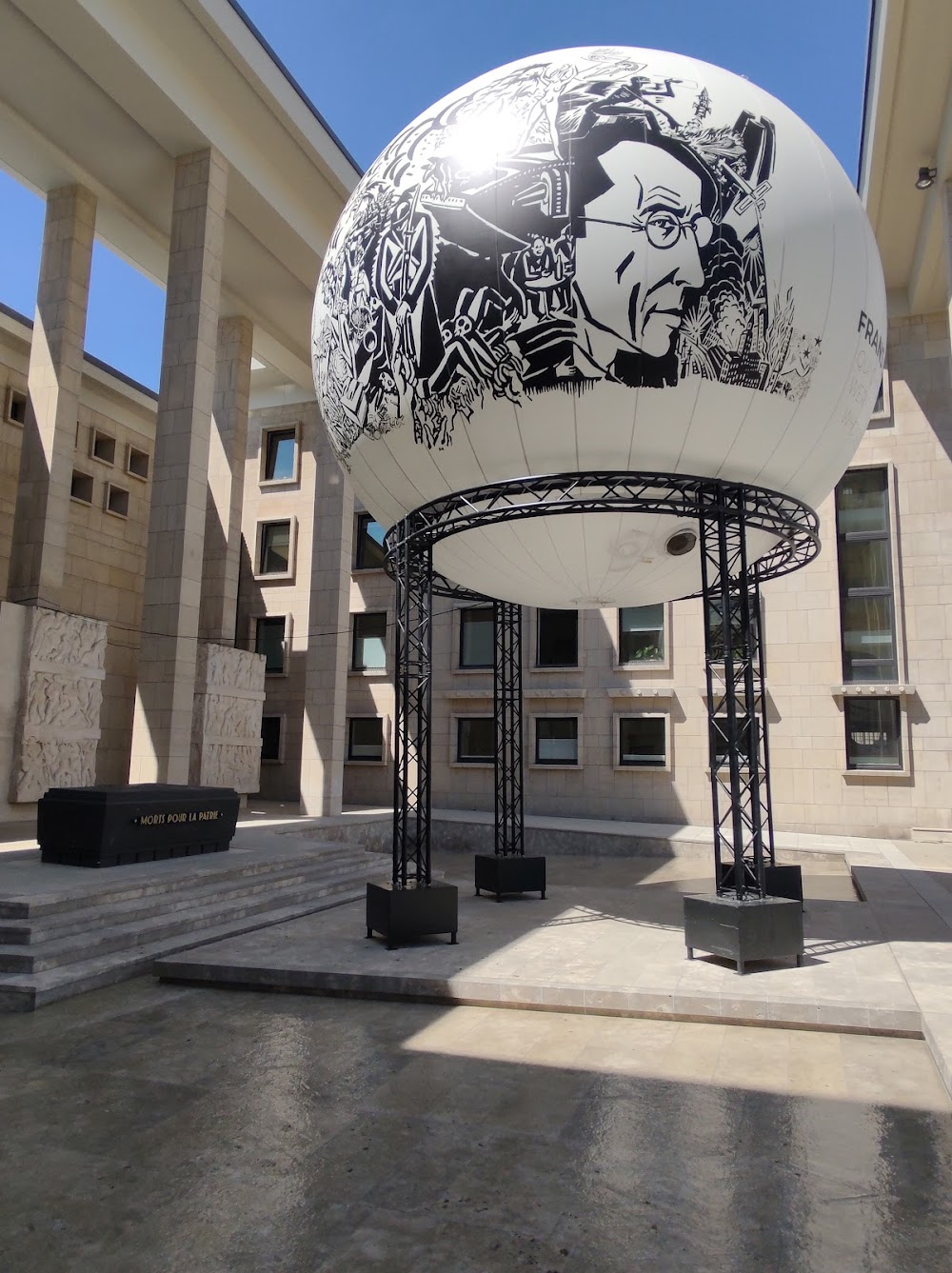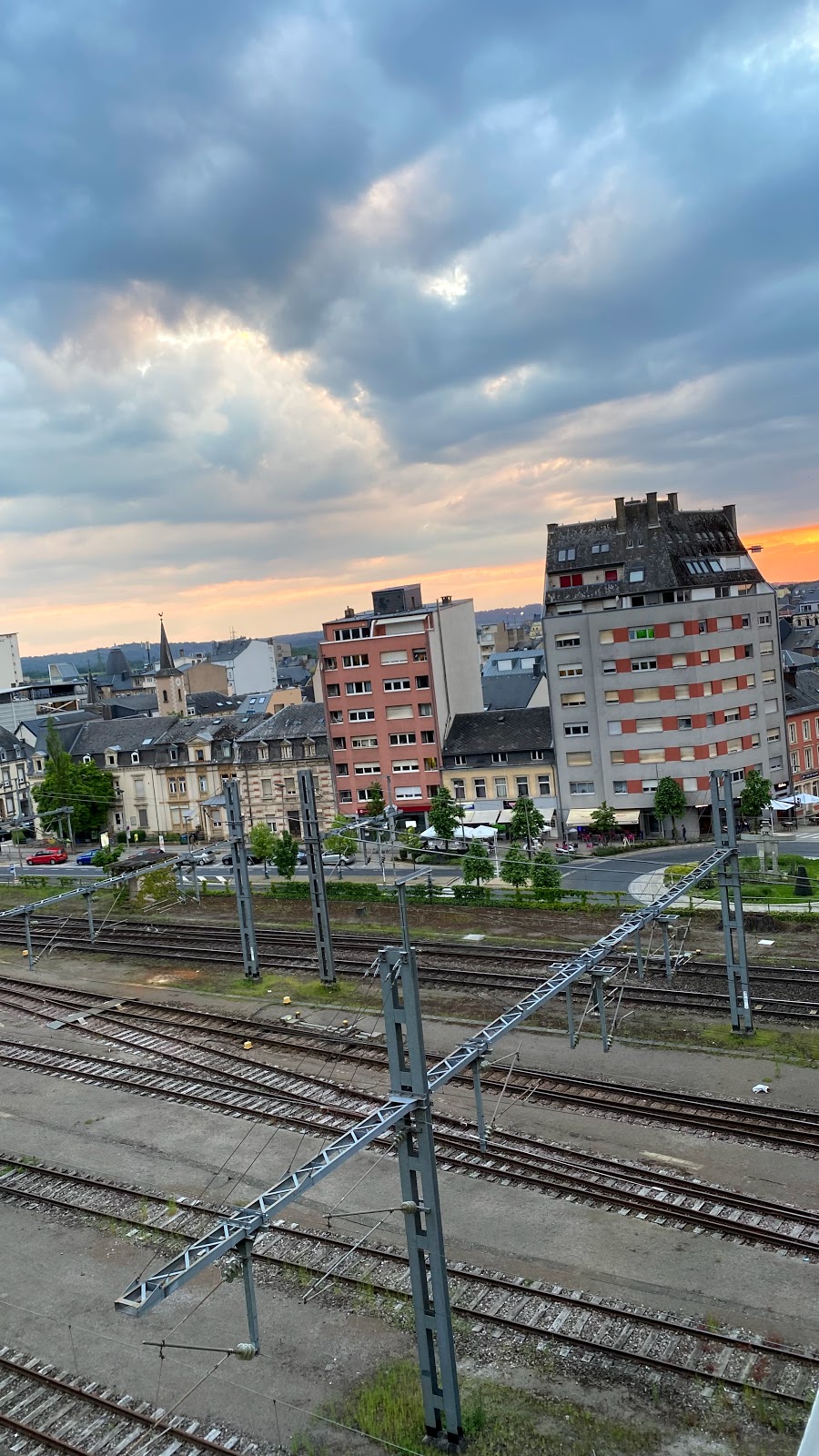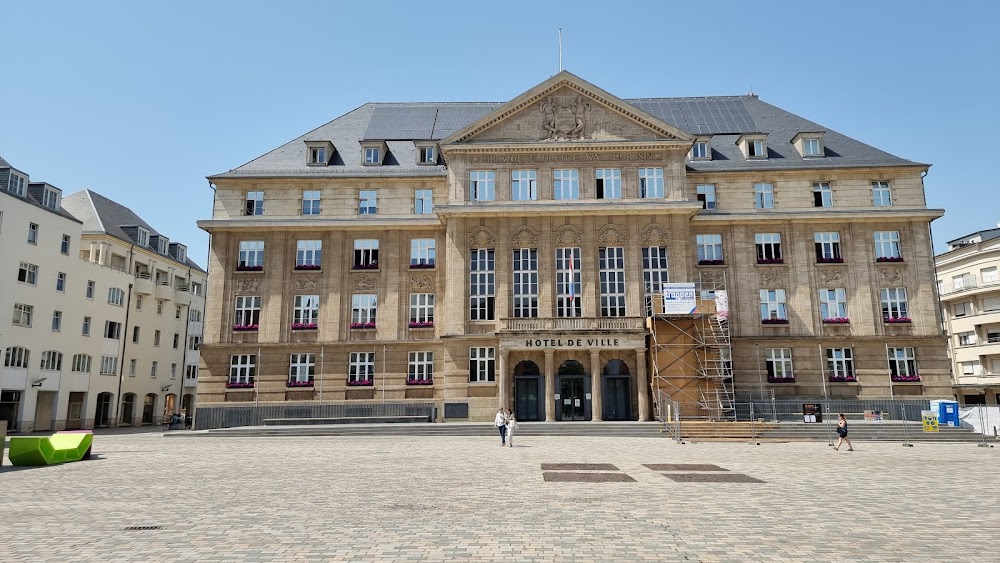National Resistance Museum (Musée National de la Résistance)
Overview
The National Museum of the Resistance, situated in the vibrant city of Esch-sur-Alzette in southern Luxembourg, serves as a poignant landmark honoring the courage and resilience of those who resisted oppression during the Second World War. This museum stands as a tribute to the indomitable spirit of the Luxembourg resistance, preserving the memories and stories of a pivotal chapter in the nation's history.
The idea for the museum emerged in the 1950s, driven by survivors of the war and former members of the Luxembourg resistance who felt a deep obligation to document their experiences. Their vision was to create a space where future generations could learn about the sacrifices made for freedom and the collective efforts that shaped their country’s identity.
Construction of the museum commenced in 1956, led by the Association des Anciens de la Résistance (Association of the Veterans of the Resistance). Funded through local government support and private donations, this initiative was a community-driven effort to honor national heritage. The architectural design of the museum reflects solemnity and respect, utilizing strong materials like local stone and concrete that symbolize the strength and perseverance of those who fought for freedom.
Upon entering the museum, visitors are met by an imposing bronze statue dedicated to the unknown soldiers of the resistance. This powerful tribute stands at the entrance, reminding all who enter of the silent heroes whose stories are woven into the fabric of the museum.
Inside, the museum is organized into several thematic sections, each taking visitors on a chronological journey through Luxembourg's wartime history. A significant portion of the exhibits showcases personal stories and artifacts from members of the Luxembourg resistance, including letters, diaries, photographs, uniforms, and even weapons used during the conflict. One particularly poignant exhibit features a collection of clandestine newspapers and pamphlets that were secretly circulated to inspire and fuel the resistance effort.
Another section of the museum places Luxembourg's experience within the broader context of World War II, emphasizing the country's strategic importance and the impact of Nazi occupation. Interactive displays and multimedia presentations enhance the visitor experience, immersing them in the complexities of wartime strategies and the everyday struggles faced by civilians.
The museum also highlights the vital roles played by women and youth in the resistance movement. Through documentary films and personal testimonies, these contributions are illuminated, showcasing the collective nature of the resistance that spanned various segments of society.
Outside the main building, visitors can find a contemplative garden designed for reflection. This serene space features memorial plaques and sculptures, providing a tranquil environment for individuals to process the profound messages conveyed by the museum's exhibits.
Through educational programs and guided tours, the National Museum of the Resistance plays an essential role in ensuring that the lessons of the past inform contemporary discussions about freedom, democracy, and human rights.
In recent years, the museum has undergone several expansions and modernization efforts aimed at enhancing accessibility and public engagement. These upgrades incorporate state-of-the-art technology and new exhibition spaces, ensuring that the narratives of the Luxembourg resistance continue to resonate with both national and international audiences.
Today, the National Museum of the Resistance in Esch-sur-Alzette stands not only as a repository of artifacts but as a bastion of historical consciousness. It serves as a lasting reminder of the resilience of the human spirit against tyranny and the ongoing importance of safeguarding liberty for future generations.


